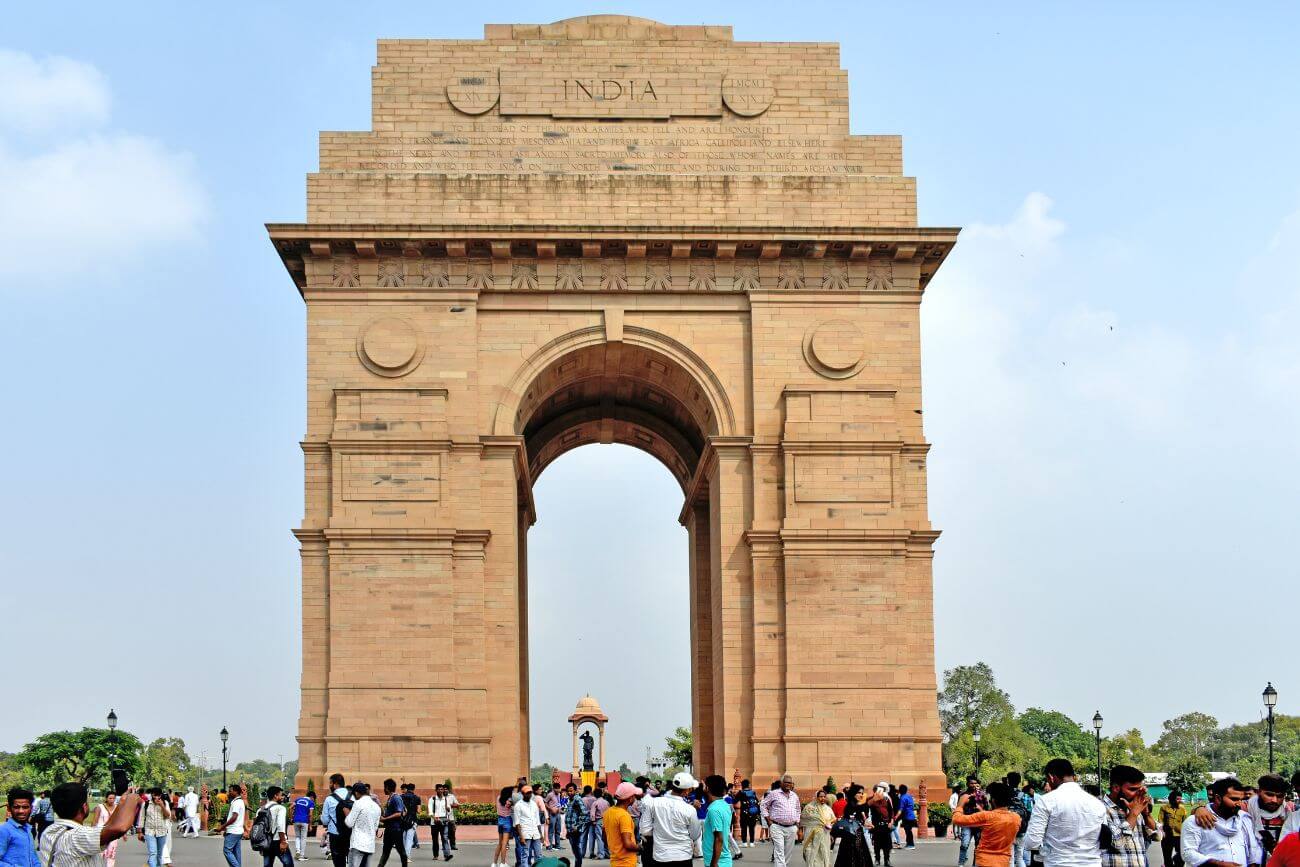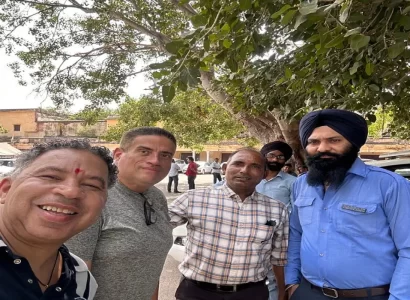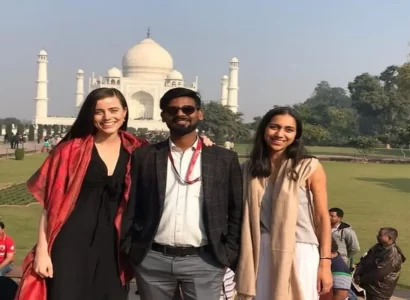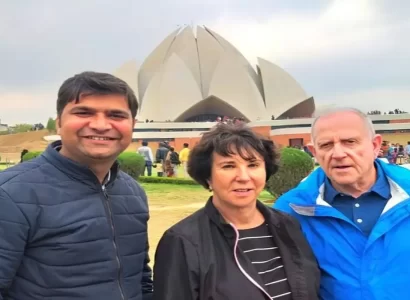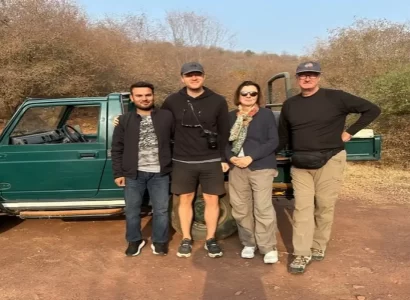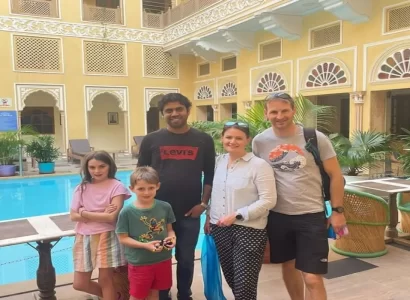Delhi, the vibrant capital of India, is a city where history meets modernity. Known for its rich cultural heritage, bustling markets, and iconic landmarks, Delhi serves as a perfect starting point for the famous Golden Triangle Tour. This popular travel route includes Delhi, Agra, and Jaipur, showcasing some of the country’s most breathtaking sights. Among these is the majestic India Gate, a poignant war memorial that honors the bravery of Indian soldiers. In this article, we will explore the significance of India Gate, its historical context, and the various activities you can enjoy there. Let’s dive into this brief discussion of one of Delhi’s most cherished monuments.
“TO THE DEAD OF THE INDIAN ARMIES WHO FELL AND ARE HONOURED IN FRANCE AND FLANDERS MESOPOTAMIA AND PERSIA EAST AFRICA GALLIPOLI AND ELSEWHERE IN THE NEAR AND THE FAR-EAST AND IN SACRED MEMORY ALSO OF THOSE WHOSE NAMES ARE HERE RECORDED AND WHO FELL IN INDIA OR THE NORTH-WEST FRONTIER AND DURING THE THIRD AFGHAN WAR”
-Inscription on India Gate
It stands as a memorial to 70,000 soldiers of the British Indian Army who died in between 1914 and 1921 in the WWI, And 3rd Anglo-Afghan war. 13,300 servicemen’s names, including some soldiers and officers from the United Kingdom, are inscribed on the gate. Designed by Sir Edwin Lutyens.
Following the Bangladesh Liberation War in 1972, a black marble plinth with a reversed rifle, capped by a war helmet and bounded by four eternal flames, was built beneath the archway. This structure, called Amar Jawan Jyoti (Flame of the Immortal Soldier), has since 1971 served as India’s tomb of the unknown soldier.
India Gate is counted amongst the largest war memorials in India and every Republic Day, the Prime Minister visits the gate to pay their tributes to the Amar Jawan Jyoti, following which the Republic Day parade starts. About 150 metres east of the gate, at a junction of six roads, is a 73-foot cupola, inspired by a sixth-century pavilion from Mahabalipuram. The canopy was constructed in 1936 as part of a tribute to the recently deceased Emperor of India King George V, and covered a 70-foot-tall marble statue of George V in his coronation robes and Imperial State Crown. From 1936- to removal in 1968.
AMAR JYOTI JAVAN: THE INVINCIBLE FIRE
Under the India Gate, there is a small shrine-like structure made of black marble, which is always on fire. The Flames of Amar Jawan Jyoti or Immortal Soldiers were built under the India Gate after the 1971 India-Pakistan War to pay homage to all the soldiers who died in the Bangladesh Liberation War. There is a black memorial on the marble base. “Amar Jawan” is engraved in gold on all four sides of The Cenotaph. Above the Cenotaph is an inverted L1A1 semi-automatic rifle with a soldier’s helmet. The marble base is adjacent to four vases, one of which has an uninterrupted flame. The monument is guarded 24 hours a day by Indian Army, Indian Navy, and Air Force soldiers.
ACTIVITIES AT INDIA GATE
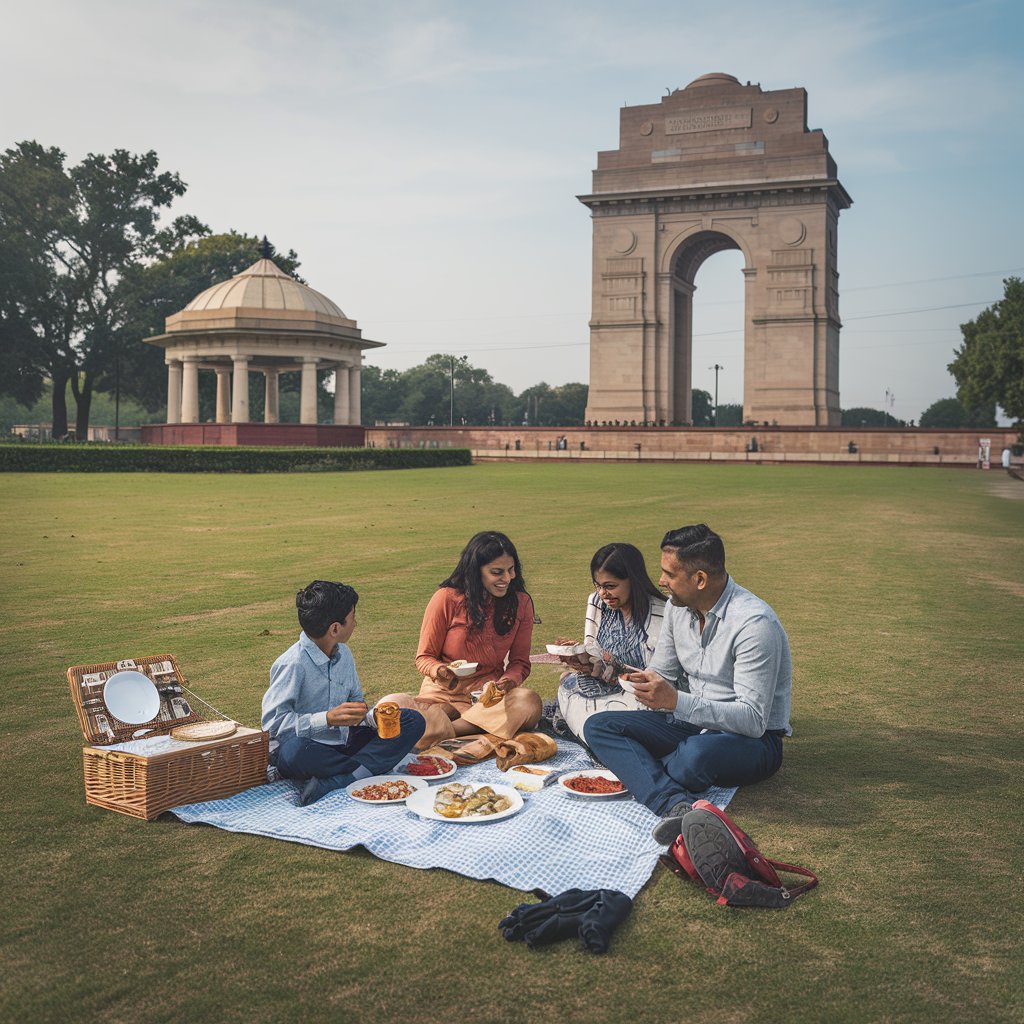
There is a lot to do at the India Gate and there is time to spend outdoors. Some of these are:
- Picnic: Here you can relax with friends and family while enjoying the view of the Indian Gate in the background.
- Early Morning Walk: An early morning walk along the Rajpath towards India Gate is a great way to start your day.
- Feast on delicious street food: Many stalls are parked around the India Gate. Enjoy chusky and ice cream on warm and sunny days, and corn on the cobs during the monsoon season.
- Children’s Park: The nearby children’s park is a fun place for children.
INDIA GATE AT NIGHT
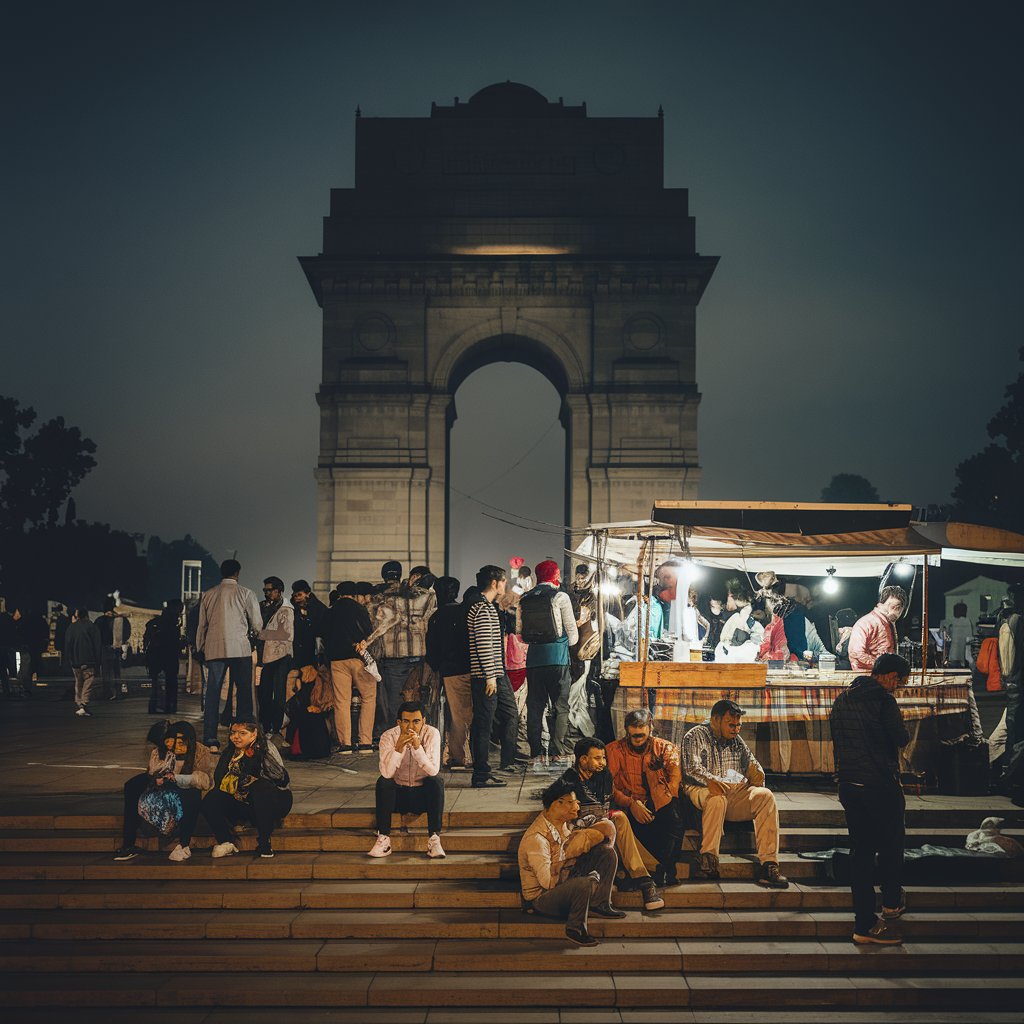
The India Gate is great all day long, but its splendour is even greater in the hours after sunset. The India Gate is full of people even late at night. Before you go home with your favourite ice cream, you can enjoy a quiet walk along the Rajpath overlooking the India Gate.
INDIA GATE : ADDITIONAL INFORMATION
Nearest Metro Station – Central Secretariat, Yellow Line
Best Time to Visit – Evening
Time Required – 1-2 hours
Entry Fee – None
India Gate is therefore not just a structure of the past which demands tourist attraction rather the trajectory behind its construction is memorable. It celebrates and pays tribute to the intrepid Indian soldiers who laid life on foreign battlefields fighting an alien war. The responded to the ‘drumbeats’ of confrontation and poured their lionhearts out. Visiting this place is symbolic of saluting the one’ who will be remembered forever, as Sarojini Naidu mentions in her poem, ‘Gift of India’-
‘When the terror and tumult of hate shall cease
Sarojini Naidu
And life be refashioned on the anvils of peace,
And your love shall offer memorial thanks
To the comrades who fought in your dauntless ranks
And you honour the deeds of the deathless ones
Remember the blood of my martyred sons!’
